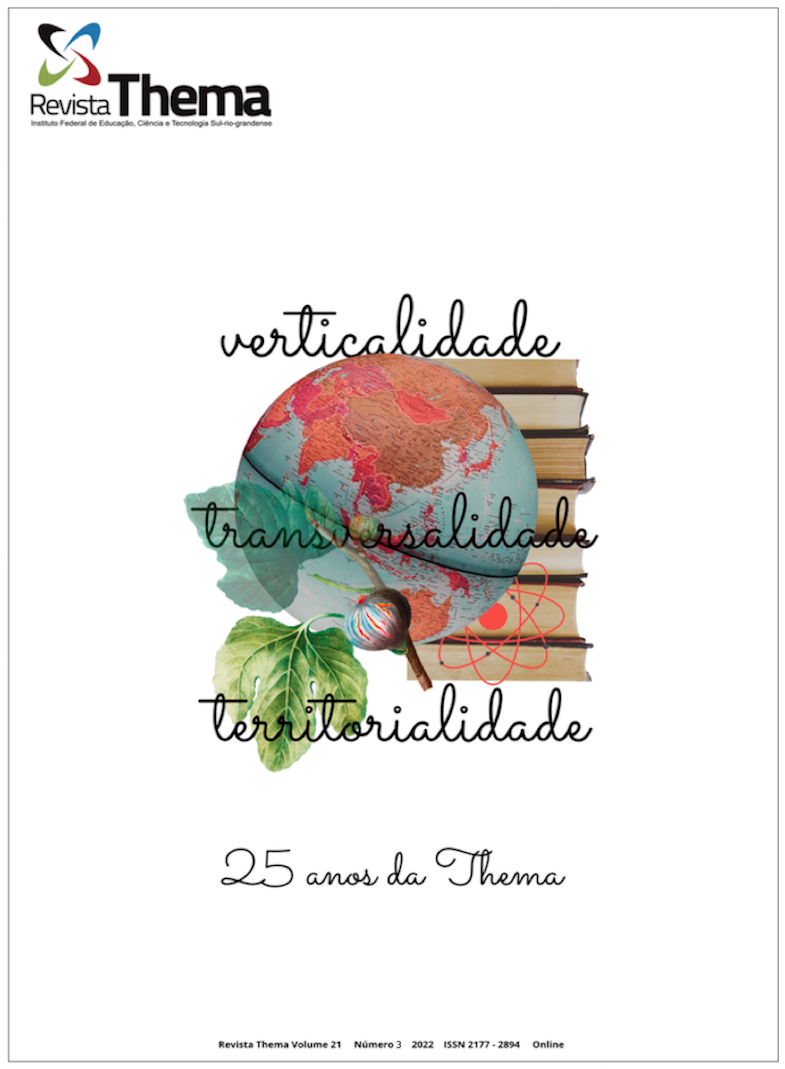Axiomatic Rational Numbers Construction in the light of Three Worlds of Mathematics: an experience with mathematics undergraduate students
experiência com alunos de Licenciatura em Matemática
DOI:
https://doi.org/10.15536/thema.V21.2022.920-941.2092Abstract
Rational numbers are worked in Basic Education, however it is questioned what place they occupy within undergraduate courses and what approach is given when this subject is taught to future mathematics teachers. In the context, this work aims to investigate how the principles of the Three Worlds of Mathematics theory, advocated by David Tall, can support a proposal for the formation of future graduates in mathematics on concepts related to rational numbers and understand what results the proposal produces on these concepts learning. The researched subjects were eight students of a Mathematics Degree Course. This research is qualitative, being organized based on a teaching sequence substantiated on the chosen theory. In addition to assisting in the construction of tasks, this theoretical framework was also used in data analysis, which was collected through the students' productions. With the results, it was noticed that most students had characteristics of the Symbolic World in their productions, with some evidence of the Formal World, showing then the importance of the axiomatic construction of rational numbers in the training of students.
Downloads
Downloads
Published
How to Cite
Issue
Section
License
O autor responsável pela submissão representa todos os autores do trabalho e, ao enviar o artigo para a revista, está garantindo que tem a permissão de todos para fazê-lo. Da mesma forma, assegura que o artigo não viola direitos autorais e que não há plágio no trabalho. A revista não se responsabiliza pelas opiniões emitidas.
A Revista Thema é de acesso aberto (Open Access), sem que haja a necessidade de pagamentos de taxas, seja para submissão ou processamento dos artigos. A revista adota a definição da Budapest Open Access Initiative (BOAI), ou seja, os usuários possuem o direito de ler, baixar, copiar, distribuir, imprimir, buscar e fazer links diretos para os textos completos dos artigos nela publicados.
Todos os artigos são publicados com a licença Creative Commons Atribuição-NãoComercial 4.0 Internacional. Os autores mantém os direitos autorais sobre suas produções, devendo ser contatados diretamente se houver interesse em uso comercial dos trabalhos.





